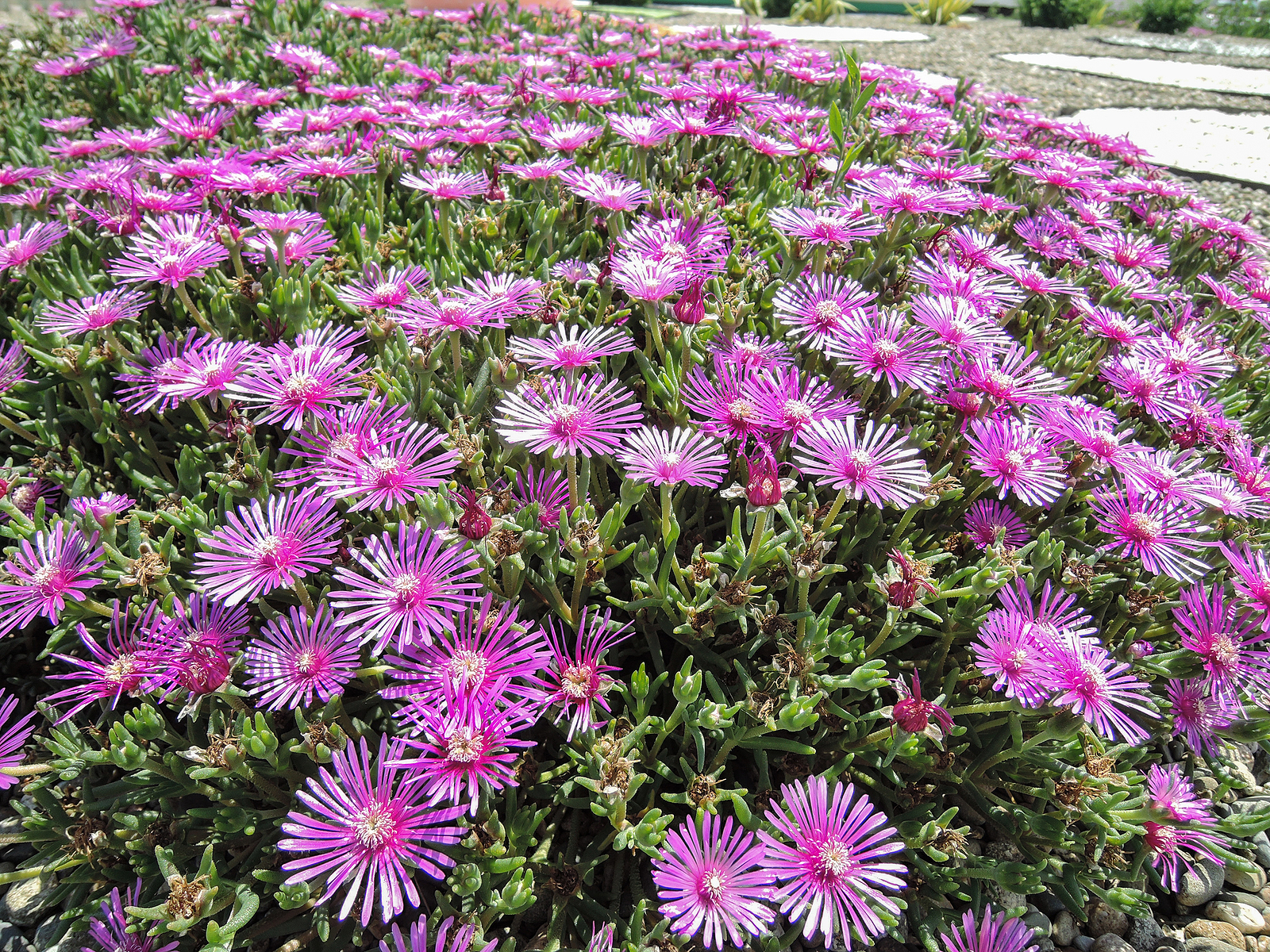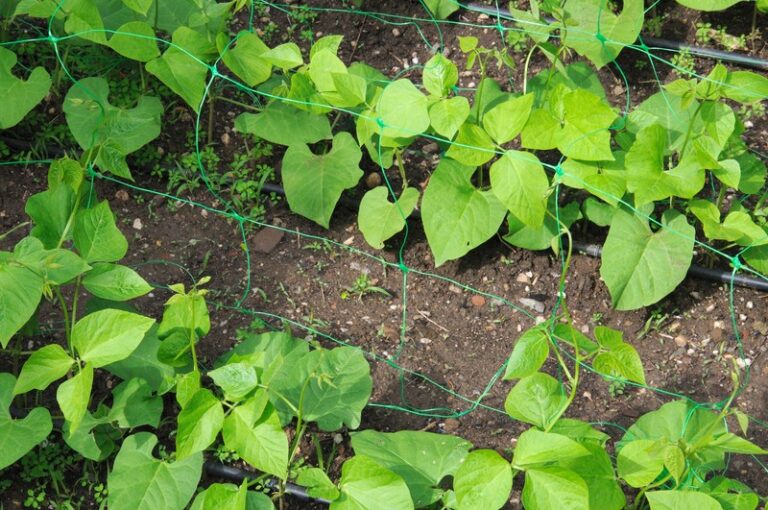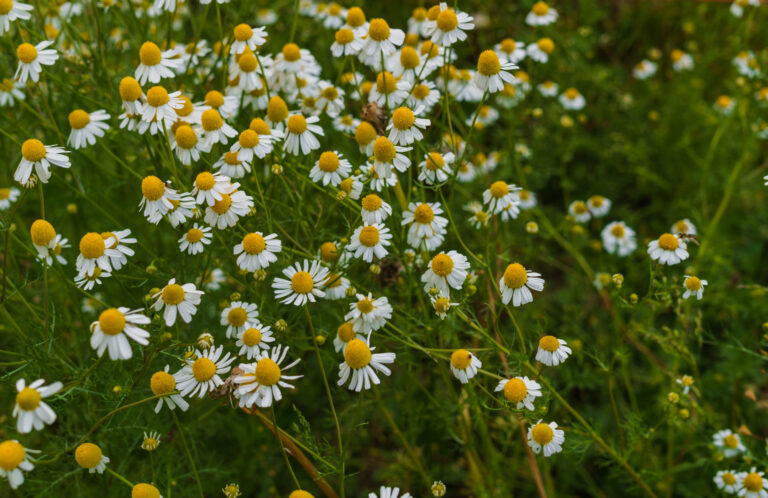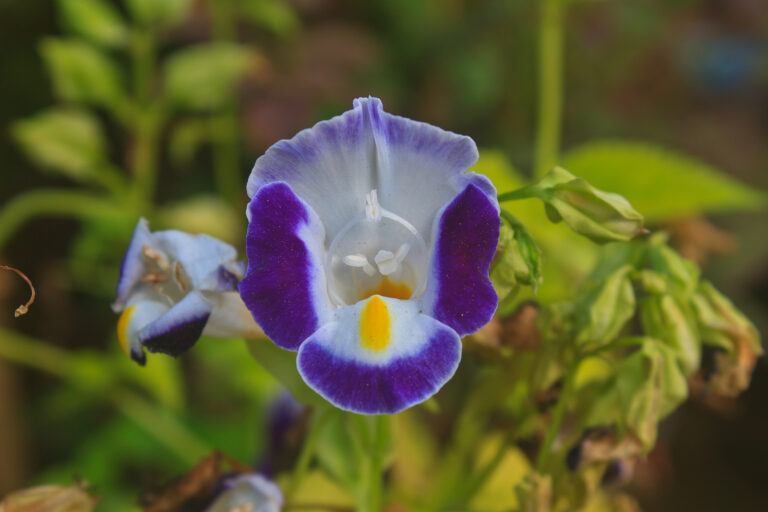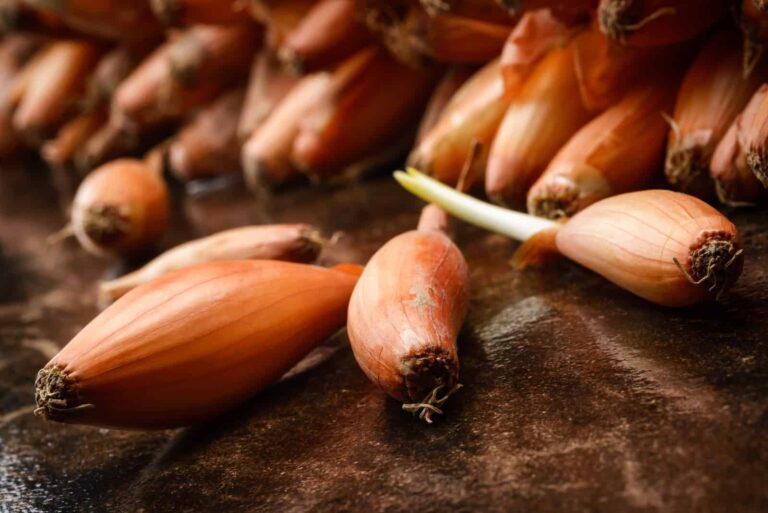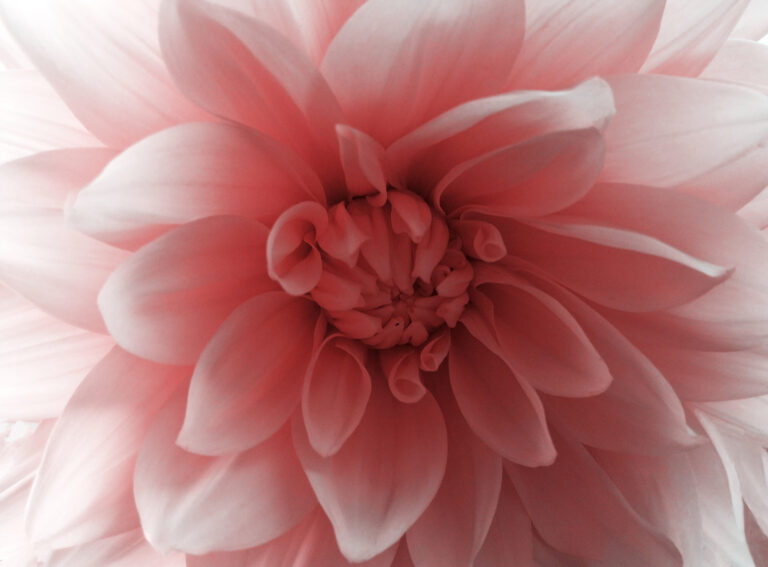How to Grow and Care for Ice Plants
Ice plant is the name given to several colorful low-growing plants often used as groundcovers—especially in mild winter regions, but also grown as houseplants in cold winter regions. These perennial plants are grown as summer-flowering annuals for window boxes and hanging baskets as well.
Ice plants are commonly succulent perennials, subshrubs, or annuals. Almost all have daisy-like flowers although none are members of the daisy or Asteraceae family. Ice plants have petals surrounding a darker eye—each bloom is actually a single flower. True daisies bear heads that consist of many individual flowers.
Almost all ice plants are evergreen or semi-evergreen and mat-forming.
Nearly all ice plants once belonged to the genus Mesembryanthemum, however, taxonomists in recent years have reclassified them into smaller groups.
All ice plants need full sun. They all will grow in poor, sandy to average soil, but they do demand soil that is well-drained.
Garden Success Products at Amazon:
- 10 pcs Stainless Steel Garden Hand Tool Set
- Flexi Hose with 8-inch Nozzle
- Gorilla Cart 4 Cu. Ft, 300-pound Capacity
- Neem Bliss 100-% Cold Pressed Neem Oil
- Safer Brand Insect Killing Soap
- Wildflower Seed Mix Attracts Hummingbirds and Butterflies
- Eden Brothers All Perennial Seed Mix
Ice Plants Overview
“Ice plants” refer to a group of low-growing, succulent plants known for their vibrant, daisy-like flowers and their ability to thrive in hot, dry climates. They get their name from their shimmering, crystalline-like foliage that appears as though it’s covered in ice. Ice plants belong primarily to the Aizoaceae family and include a variety of genera, such as Delosperma, Lampranthus, and Mesembryanthemum. These plants are typically evergreen perennials in warmer regions and are prized for their drought tolerance, low maintenance, and ability to carpet the ground with colorful blooms.
Plant varieties most often grown as “ice plants”
Here are the plants most often grown and sold as “ice plants”:
- Aptenia: ground cover with small red flowers and bright green foliage.
- Carpobrotus: coarse, sturdy plant often used as a ground cover along beaches and highways.
- Delosperma: groundcover reliably hardy in cold-winter climates; also used to cover banks and slopes.
- Dorotheanthus, Livingston daisy flower: summer blooming annual.
- Drosanthemum: profuse pink and purple flower; good cover on steep banks.
- Lampranthus: ground cover with large, colorful flowers.
- Mesembryanthemum: sprawling ground cover with white to pinkish flowers.

Get to know ice plant
- Plant type: Succulent annuals and perennials
- Growing zones and range: All zones as annual; Zones 9-11 as perennial
- Hardiness: Tender or half-hardy depending on the variety
- Height and width: 4 to 10 inches tall, spreading to several feet depending on the variety.
- Foliage: Succulent, often glistening green leaves on prostrate stems.
- Flowers: Ray flowers resemble daisies; petals surround a dark eye; bright colors include red, pink, magenta, and yellow; flowers open in full sun but often close when days are cloudy.
- Bloom time: Summer
- Uses: Groundcover, cover banks, and slopes, hanging baskets, containers
- Common name: Ice Plant
- Botanical name: See botanical names above
- Family name: Aizoaceae (carpetweed family)
Common Ice Plants and Their Botanical Names
- Hardy Ice Plant (Delosperma cooperi)
- A low-growing, mat-forming succulent with bright magenta-purple flowers.
- Hardy to USDA zones 5–9, it’s an excellent choice for cold climates.
- Trailing Ice Plant (Lampranthus spp.)
- Known for its trailing habit and an array of flower colors, including pink, orange, red, and yellow.
- Thrives in warmer climates (zones 9–11) and is commonly used as ground cover.
- Fig-Marigold (Mesembryanthemum crystallinum)
- An annual or short-lived perennial with fleshy leaves that appear “frosted” and flowers in white, pink, or purple.
- Often used in Mediterranean-inspired gardens.
- Coastal Ice Plant (Carpobrotus edulis)
- Known for its sprawling growth, yellow-to-pink flowers, and use in erosion control.
- This fast-growing plant is considered invasive in some areas, so check local guidelines before planting.
- Baby Sun Rose (Aptenia cordifolia)
- A semi-trailing succulent with small, heart-shaped leaves and bright pink to red flowers.
- Often grown in hanging baskets or as a ground cover.
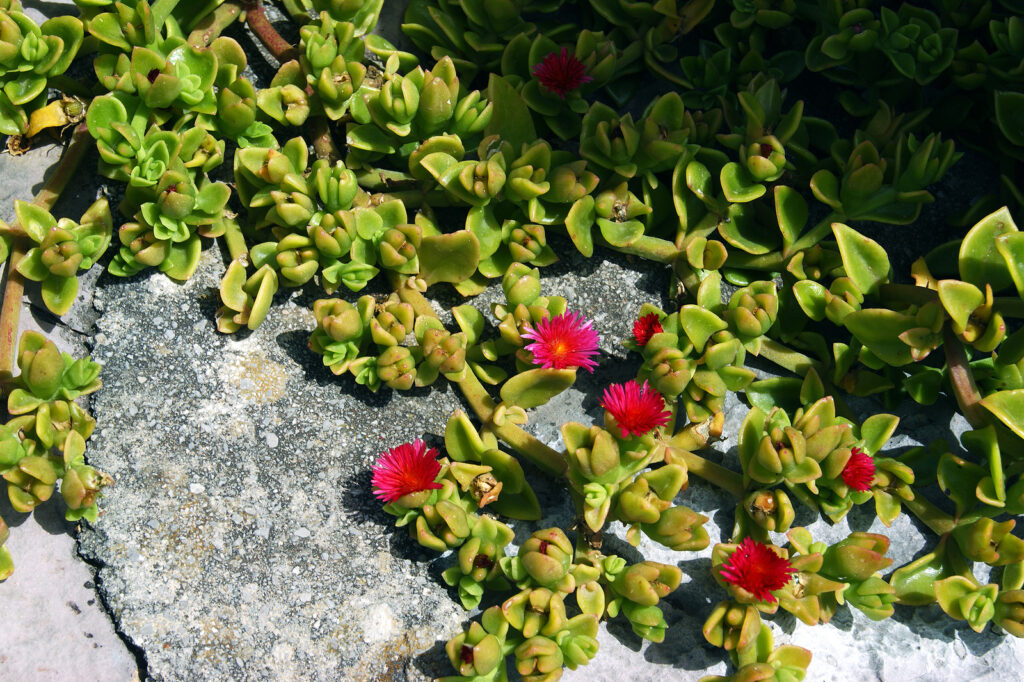
Eight Ways to Use Ice Plants in the Garden
- Ground Cover
- Ice plants are ideal for covering sunny, dry areas with poor soil. They form dense mats of foliage and flowers, suppressing weeds.
- Use them on slopes or rocky areas where other plants struggle to grow.
- Rock Gardens
- Perfect for rock gardens, ice plants thrive in the sharp drainage provided by rocky or gravelly soil.
- Combine with other drought-tolerant plants like sedums, agaves, and yuccas for a stunning display.
- Erosion Control
- Their creeping habit and ability to root along stems make them effective for stabilizing slopes and preventing soil erosion.
- Borders and Edging
- Use ice plants along pathways, patios, or garden beds to soften edges and provide a pop of color.
- Their low-growing habit creates a neat and tidy border.
- Containers and Hanging Baskets
- Ice plants are excellent in containers, where their trailing stems can spill over the edges.
- Pair them with other succulents or drought-tolerant annuals for a cohesive look.
- Coastal Gardens
- With their tolerance for salty air and sandy soils, ice plants are perfect for seaside landscapes.
- Combine them with ornamental grasses and seaside daisies for a natural coastal vibe.
- Pollinator Gardens
- Their bright, nectar-rich flowers attract bees, butterflies, and other pollinators, making them a valuable addition to wildlife-friendly gardens.
- Xeriscaping
- Ideal for water-wise gardens, ice plants require minimal irrigation once established.
- Use them in combination with other xeric plants like lavender, rosemary, and desert marigold.
Design Ideas with Ice Plants
- Colorful Carpets
- Plant large swaths of a single variety for a bold, unified look, or mix varieties for a patchwork of colors.
- Living Mulch
- Use ice plants as living mulch around taller drought-tolerant plants like cacti, aloes, or shrubs.
- Pathway Accents
- Plant ice plants along walkways or stepping stones, where their vibrant flowers can soften hardscape features.
- Contrast with Hardscape
- Pair ice plants with rocks, gravel, or stepping stones to enhance their vibrant colors and shimmering foliage.
- Seasonal Highlights
- While they flower most heavily in spring and summer, their evergreen foliage provides year-round interest.
- Hanging Gardens
- Grow trailing varieties in vertical gardens, hanging pots, or wall planters for a cascading effect.
Quick Care Tips for Ice Plants
- Light: Thrive in full sun; insufficient light can reduce flowering.
- Soil: Require well-drained, sandy, or gravelly soil. Avoid heavy, clay soils that retain moisture.
- Watering: Water sparingly; they are highly drought-tolerant once established. Overwatering can lead to root rot.
- Fertilizing: Minimal feeding is needed; a light application of a balanced fertilizer in spring can encourage growth.
- Pruning: Trim back dead or overgrown stems to maintain a neat appearance.
- Cold Tolerance: Some varieties, like Delosperma, are cold-hardy, while others are tender and require protection in frost-prone areas.
- Pests and Diseases: Generally pest-free, but watch for root rot in poorly drained soil.
Seasonal Notes
- Ice plants bloom heavily in spring and summer, with sporadic blooms in the cooler months.
- Deadheading is not necessary, but it can improve the appearance of the plant.
Where to plant ice plant
- Ice plant is best grown in full sun; plants can grow sparse in partial sun.
- Ice plants will grow in poor to average soil; ice plants will grow in sandy soil. The soil must be well-drained.
- Where soil is not free-draining, plants do best in a raised bed or in pockets of soil in the crevices of a south-facing wall.
- Grow in pots of well-drained soil-based compost. Pots can be moved indoors before the first fall frost. Keep pots in a sheltered, sunny spot in summer.
When to plant ice plant
- Sow seed indoors 6 to 8 weeks before the last frost if you want flowers in early summer. Flowering begins about three months after sowing.
- Sow seed indoors 6 to 8 weeks before the last frost in spring. Sow seed in six-packs or flats filled with sterile seed starting mix or potting soil.
- Sow seed outdoors after the last frost in spring. Sow seeds where they are to grow.
- Set plants in the ground after the last frost in spring.
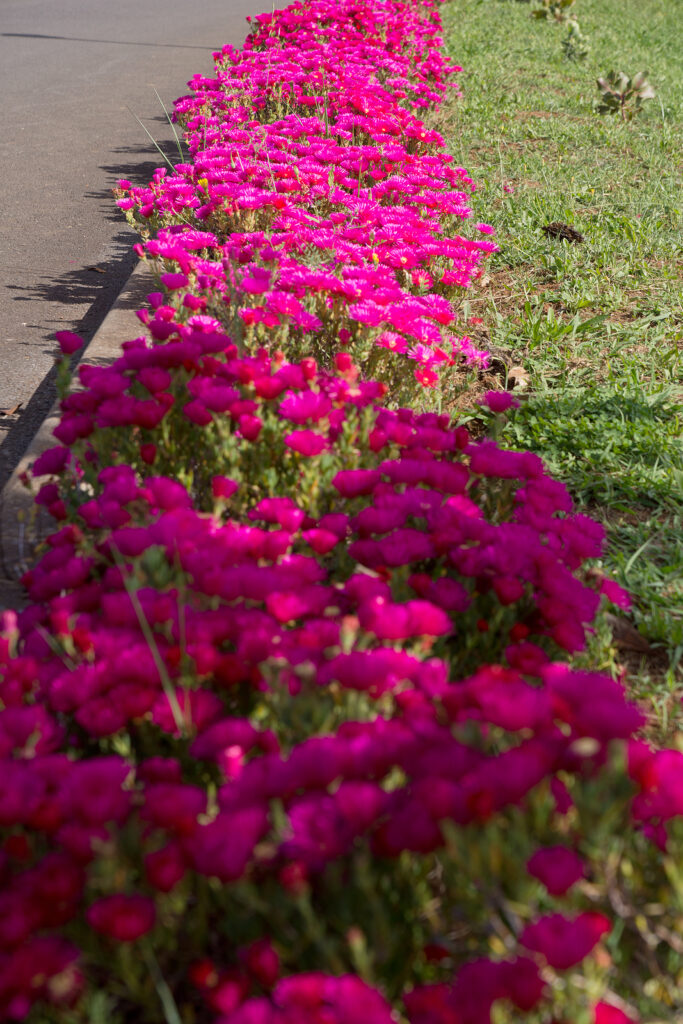
Planting and spacing ice plant
- Press seed into flats or six-packs or into evenly prepared soil. Seed can be very lightly covered with soil.
How to water and feed ice plant
- Keep the soil just moist until the seeds germinate.
- Water mature plants evenly; established plants can tolerate some drought.
- Add an all-purpose fertilizer to the soil ahead of planting.
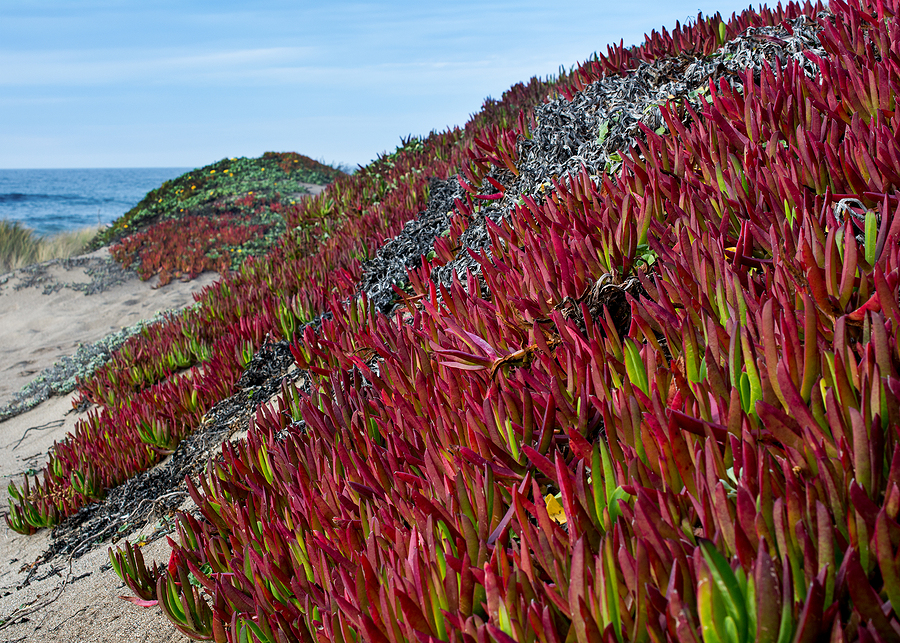
Ice plant care
- Pinch plants to encourage branching. Pinched plant tips can be replanted immediately.
- Deadhead spent flowers to encourage new blooms.
Ice plant pests and diseases
- Slugs may attack seedlings and young plants.
- Ice plant is susceptible to root and crown rot if overwatered.
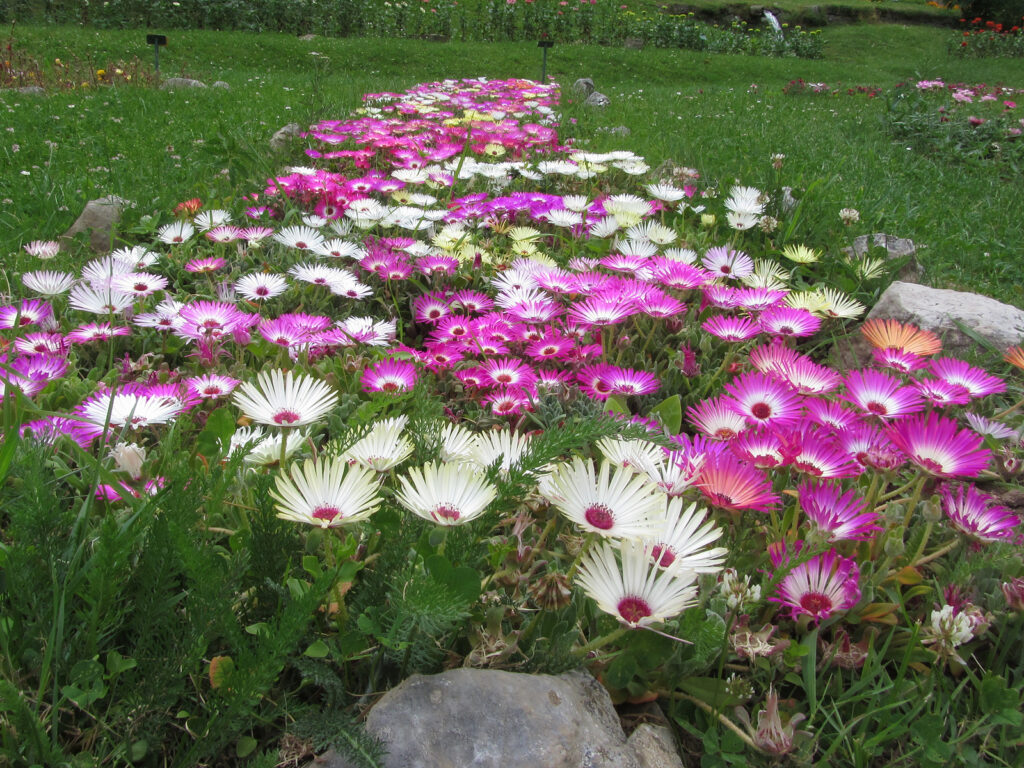
Ice plant propagation
- Propagate ice plants by seed or cuttings.
- Take tip cutting in late spring or summer and replant them immediately.
Ice plant frequently asked questions
Q: Is ice plant an annual or perennial?
A: Ice plant is a perennial in subtropical regions such as southern California. It can be grown as an annual. Ice plants must have full sun and very dry soil.
Q: Can I grow ice plants from seed?
A: Yes. Start seeds indoors 10 to 12 weeks before the last spring frost. The seeds are very fine. Do not cover the seeds. They need darkness to germinate, so cover the seed starting flat or pot with black plastic until germination occurs.

